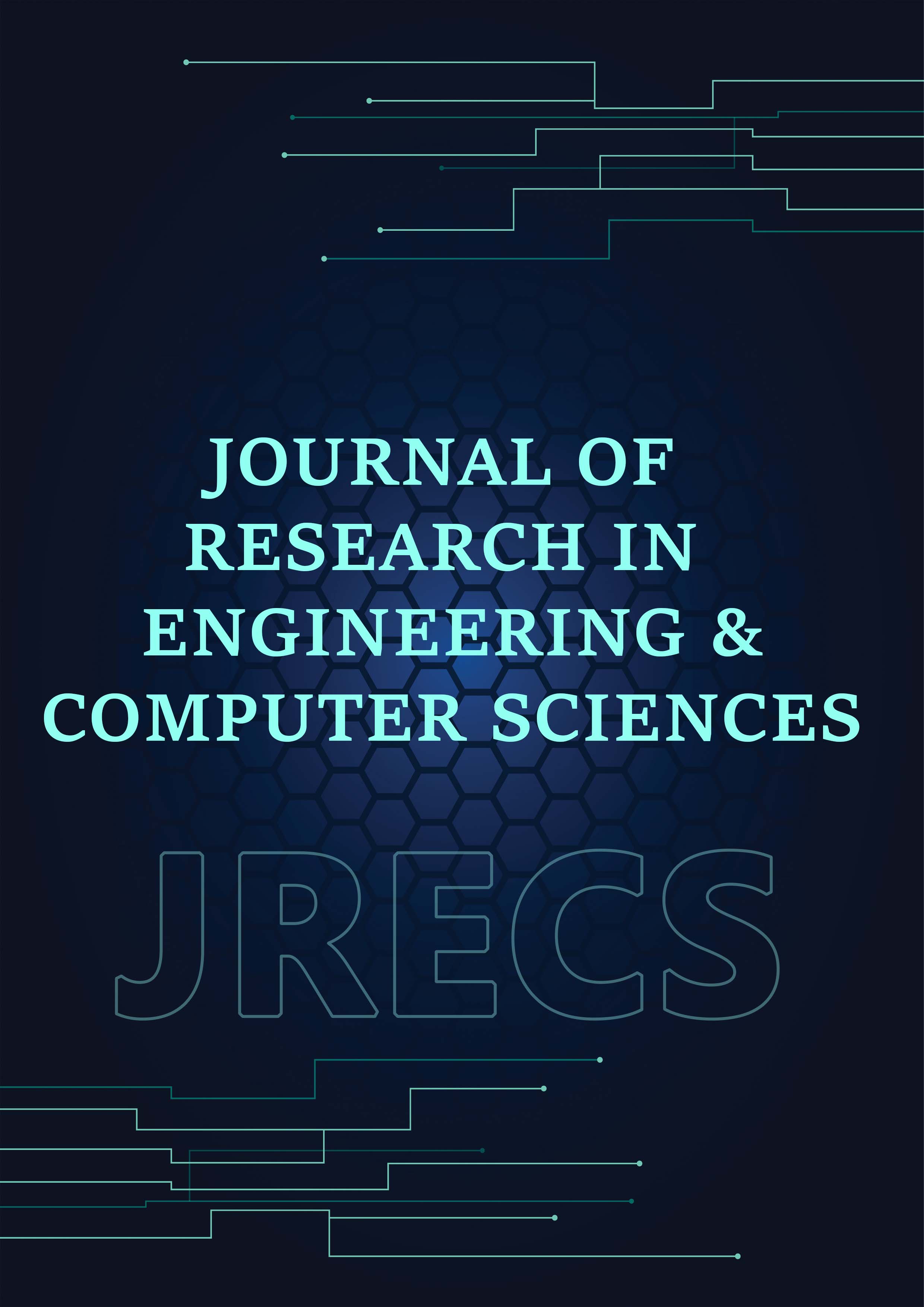Enhancing Risk Management in Healthcare Administration: A Computational Approach to Risk Pooling
DOI:
https://doi.org/10.63002/jrecs.26.725Keywords:
Risk Management, Healthcare Risk, Risk Pooling, Risk Assessment, Healthcare Safety, Risk Mitigation, Healthcare Systems, Risk AnalysisAbstract
The objective of this study is to enhance risk management practices in healthcare administration through the application of computational risk pooling methods. Healthcare systems are becoming increasingly complex due to advancements in technology and evolving practices, necessitating more effective risk management strategies. The study employs a survey design with a quantitative research approach, collecting data from 150 respondents across various healthcare centers, including hospitals, clinics, and care facilities. Stratified sampling was used to ensure a representative selection of participants. Data was analyzed adopting descriptive tools such as frequency tables and percentages to interpret the results. The key findings reveal that computational risk pooling significantly reduces financial losses and improves patient outcomes by providing a comprehensive view of potential risks and enabling better resource allocation. However, the implementation of these advanced techniques is challenged by resource constraints, lack of expertise, and data management issues within healthcare settings. The study recommends that healthcare administrators prioritize the integration of computational risk pooling into their risk management strategies. This integration should be supported by investments in training, data management infrastructure, and the development of standardized protocols to overcome the identified challenges. By doing so, healthcare organizations can enhance their ability to predict, assess, and mitigate risks, leading to improved patient safety and more efficient healthcare operations.




